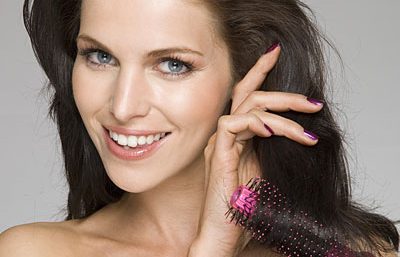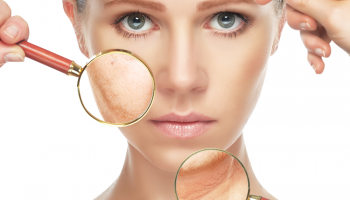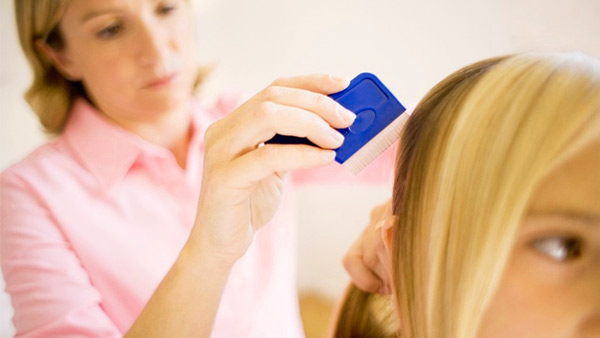
As reported in Today.com, Lice, a long bane for parents and kids across the country, is becoming much worse a problem. Strains of the pesky parasites that are resistant to most over-the-counter treatments are being reported more and more.
Over the years, lice have evolved in such a way that the chemicals (Pyrethroids, which are synthetic versions of a chemical found in chrysanthemums) no longer fit neatly into the receptors, thereby squashing the chemical’s bug-killing ability.
The research finding clearly indicate that we need a higher dose of medical treatment in order to handlelice epidemic.
In some cases, the treatments don’t do a thorough job because parents don’t use them as directed.
General Guidelines by Centers for Disease Control and Prevention (CDC)
Treatment for head lice is recommended for persons diagnosed with an active infestation.
- All household members and other close contacts should be checked; those persons with evidence of an active infestation should be treated. Some experts believe prophylactic treatment is prudent for persons who share the same bed with actively-infested individuals. All infested persons (household members and close contacts) and their bedmates should be treated at the same time.
- When treating head lice, supplemental measures should be combined with recommended medicine (pharmacologic treatment); however, such additional (non-pharmacologic) measures generally are not required to eliminate a head lice infestation. For example, hats, scarves, pillow cases, bedding, clothing, and towels worn or used by the infested person in the 2-day period just before treatment is started can be machine washed and dried using the hot water and hot air cycles because lice and eggs are killed by exposure for 5 minutes to temperatures greater than 53.5°C (128.3°F). Items that cannot be laundered may be dry-cleaned or sealed in a plastic bag for two weeks. Items such as hats, grooming aids, and towels that come in contact with the hair of an infested person should not be shared. Vacuuming furniture and floors can remove an infested person’s hairs that might have viable nits attached.
Treatment Steps
Treat the infested person(s): Requires using an Over-the-counter (OTC) or prescription medication. Follow these treatment steps:
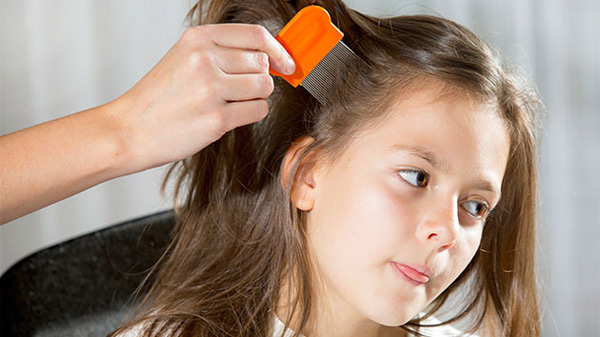
- Before applying treatment, it may be helpful to remove clothing that can become wet or stained during treatment.
- Apply lice medicine, also called pediculicide, according to the instructions contained in the box or printed on the label. If the infested person has very long hair (longer than shoulder length), it may be necessary to use a second bottle. Pay special attention to instructions on the label or in the box regarding how long the medication should be left on the hair and how it should be washed out.
- Do not use a combination shampoo/conditioner, or conditioner before using lice medicine. Do not re–wash the hair for 1–2 days after the lice medicine is removed.
- Have the infested person put on clean clothing after treatment.
- If a few live lice are still found 8–12 hours after treatment, but are moving more slowly than before, do not retreat. The medicine may take longer to kill all the lice. Comb dead and any remaining live lice out of the hair using a fine–toothed nit comb.
- If, after 8–12 hours of treatment, no dead lice are found and lice seem as active as before, the medicine may not be working. Do not retreat until speaking with your health care provider; a different pediculicide may be necessary. If your health care provider recommends a different pediculicide, carefully follow the treatment instructions contained in the box or printed on the label.
- Nit (head lice egg) combs, often found in lice medicine packages, should be used to comb nits and lice from the hair shaft. Many flea combs made for cats and dogs are also effective.
- After each treatment, checking the hair and combing with a nit comb to remove nits and lice every 2–3 days may decrease the chance of self–reinfestation. Continue to check for 2–3 weeks to be sure all lice and nits are gone. Nit removal is not needed when treating with spinosad topical suspension.
- Retreatment is meant to kill any surviving hatched lice before they produce new eggs. For some drugs, retreatment is recommended routinely about a week after the first treatment (7–9 days, depending on the drug) and for others only if crawling lice are seen during this period. Retreatment with lindane shampoo is not recommended.
Additional Measures
Head lice do not survive long if they fall off a person and cannot feed. You don’t need to spend a lot of time or money on housecleaning activities. Follow these steps to help avoid re–infestation by lice that have recently fallen off the hair or crawled onto clothing or furniture.
- Machine wash and dry clothing, bed linens, and other items that the infested person wore or used during the 2 days before treatment using the hot water (130°F) laundry cycle and the high heat drying cycle. Clothing and items that are not washable can be dry–cleaned OR sealed in a plastic bag and stored for 2 weeks.
- Soak combs and brushes in hot water (at least 130°F) for 5–10 minutes.
- Vacuum the floor and furniture, particularly where the infested person sat or lay. However, the risk of getting infested by a louse that has fallen onto a rug or carpet or furniture is very small. Head lice survive less than 1–2 days if they fall off a person and cannot feed; nits cannot hatch and usually die within a week if they are not kept at the same temperature as that found close to the human scalp. Spending much time and money on housecleaning activities is not necessary to avoid reinfestation by lice or nits that may have fallen off the head or crawled onto furniture or clothing.
- Do not use fumigant sprays; they can be toxic if inhaled or absorbed through the skin.
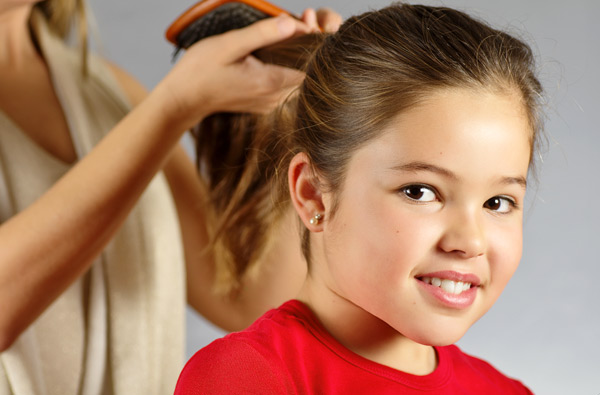
To help control a head lice outbreak in a community, school, or camp, children should be taught to avoid activities that may spread head lice.
For more input log on to http://www.cdc.gov/
Disclaimer
The Content is not intended to be a substitute for professional medical advice, diagnosis, or treatment. Always seek the advice of your physician or other qualified health provider with any questions you may have regarding a medical condition.
